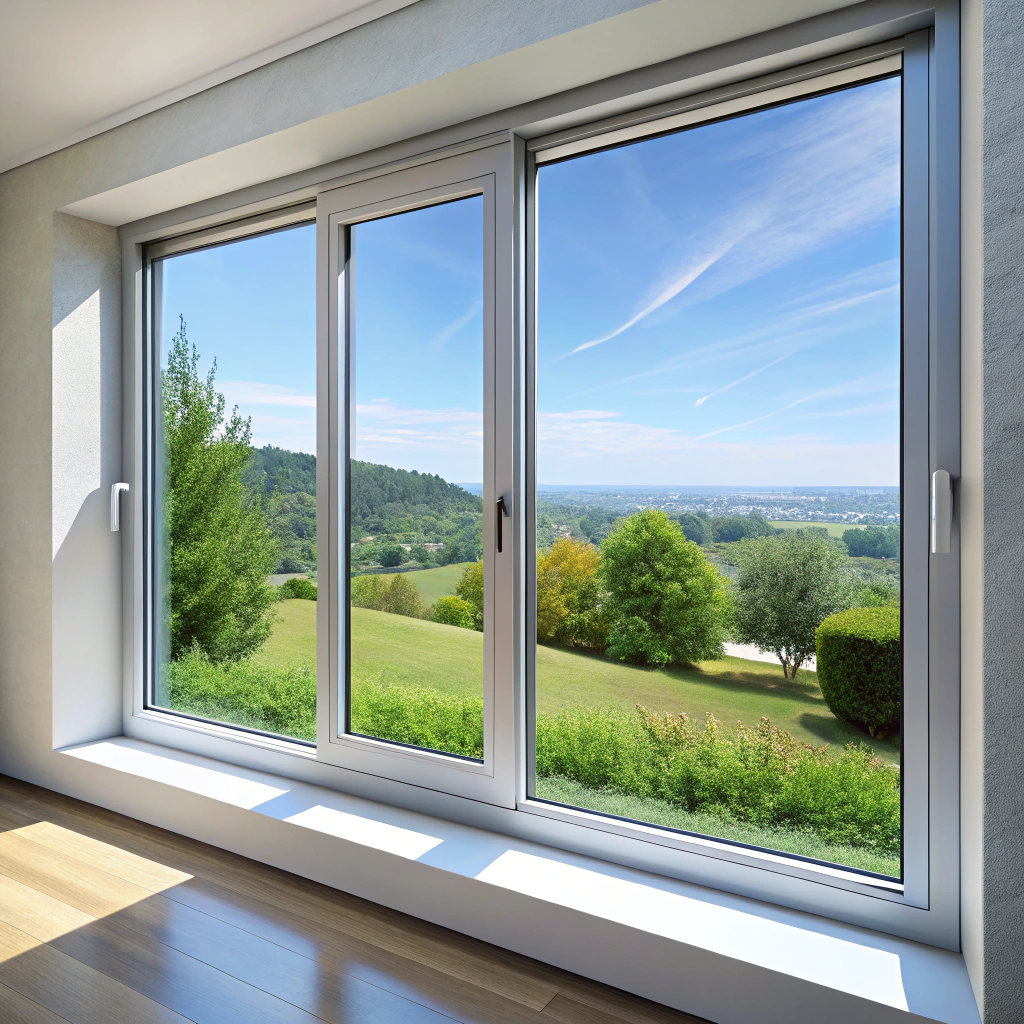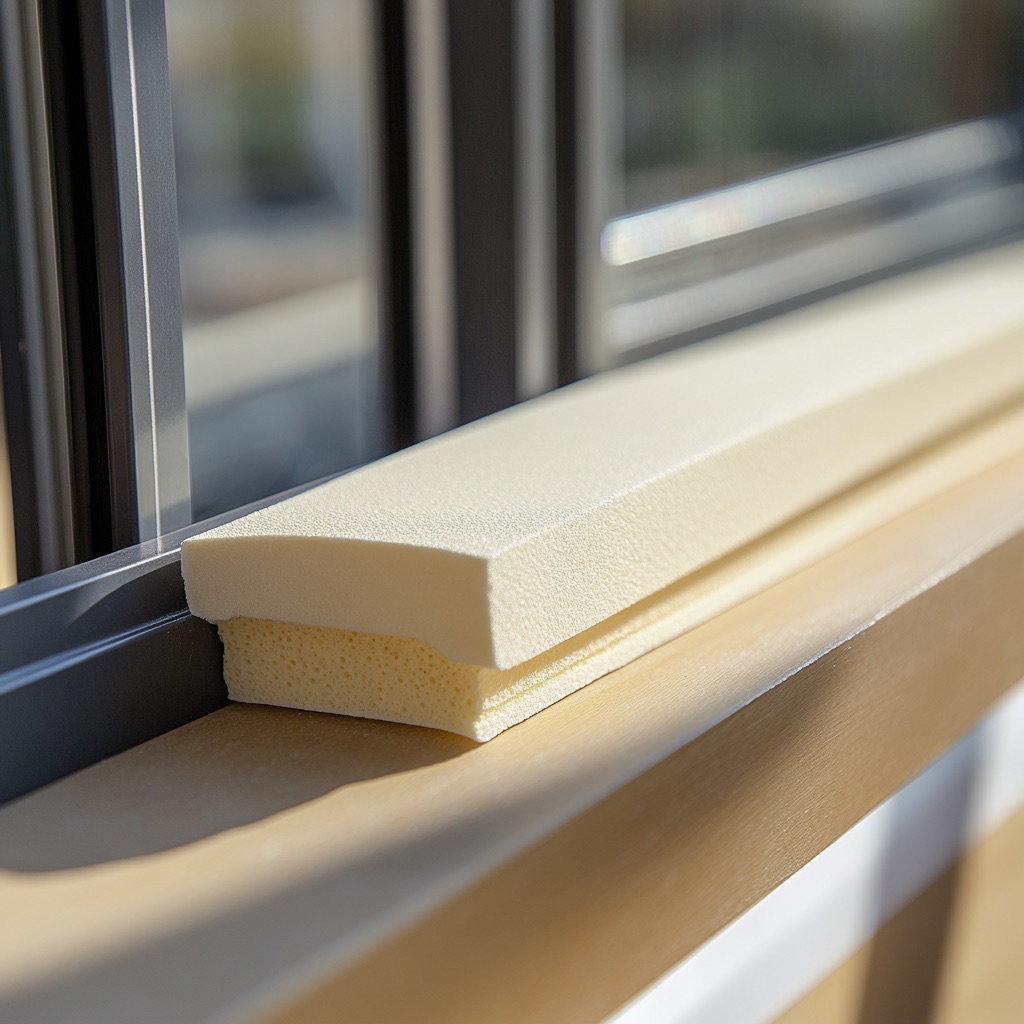Predicting window prices for 2024 can be complex, but this article aims to shed light on the elements that may influence potential changes, offering insights for your home improvement planning.
Key takeaways:
- Window prices in 2024 may stabilize or decrease slightly.
- Factors influencing prices include economies of scale, technological advancements, and competitive landscape.
- Fluctuations in raw material costs and energy prices can also impact window prices.
- Consumer demand for new windows is affected by energy efficiency, climate concerns, and the housing market.
- Inflation and the economic outlook for 2024 play a crucial role in determining window prices.
Our Prediction

Assessing the outlook for window prices in 2024 involves a complex interplay of several factors. It’s anticipated that prices could stabilize or potentially decrease slightly from their current levels.
Key considerations include:
- Economies of Scale: As manufacturers ramp up production to meet housing market demands, cost efficiencies may lead to lower consumer prices.
- Technological Advancements: Innovations in manufacturing technology could reduce labor costs and waste, contributing to more affordable window options.
- Competitive Landscape: Increased competition in the market often leads to price reductions as companies vie for consumer attention.
It’s important to note that these factors could be offset by unforeseen economic circumstances or changes in trade policies. The window industry, like many others, isn’t immune to such macroeconomic variables.
Market Trends Affecting Future Window Prices
Market trends significantly influence window pricing. Innovations in window technology often lead to higher costs as manufacturers invest in research and development to introduce energy-efficient, smarter windows with features such as triple-glazing or UV protection. However, these advancements can also eventually lead to cost reductions as production processes improve and economies of scale are realized.
Increased competition, particularly the entrance of new manufacturers into the market, can drive prices down as companies compete on cost to attract consumers. Conversely, consolidation of manufacturers can reduce competition and potentially lead to higher prices.
Global trade policies also play a role. Tariffs on imported materials can increase costs for domestic manufacturers, which may be passed on to consumers. Changes in trade agreements or the removal of tariffs can have the opposite effect, potentially lowering prices.
Sustainability trends are prompting manufacturers to invest in eco-friendly materials and production methods. While initially more expensive due to the costs of sustainable development, in the long term, these practices can lead to cost savings through more efficient use of resources and energy, possibly affecting retail prices favorably.
Impact of Raw Material Costs On Window Prices
Raw material costs are a significant component of manufacturing windows, directly influencing pricing. Glass, aluminum, and PVC, commonly used in window production, are subject to fluctuations in the global commodities market. If supply chain disruptions or increased demand drives these materials’ costs up, manufacturers may have to pass on the added expense to consumers through higher prices for windows.
Technological advancements can also play a role. When manufacturers adopt new, more cost-effective production methods or materials, this can mitigate rising costs. For instance, if innovations in recycling processes reduce the need for new raw materials, costs may stabilize or potentially decrease.
Energy prices also have a knock-on effect on raw material prices. Higher energy prices can elevate production costs, leading to higher retail prices for windows. Conversely, if energy prices fall or stabilize, this may help to contain or reduce overall production costs, potentially alleviating upward pressure on window prices.
It’s important to note that fluctuations in raw material costs often do not affect window prices immediately. There is typically a lag as manufacturers adjust their pricing strategies in response to their cost changes.
Consumer Demand for New Windows
Consumer demand is a significant driver of window prices. When the housing market thrives, homeowners frequently invest in renovations, including window replacements, pushing demand higher. Alternatively, in a sluggish real estate market, homeowners may delay such upgrades, leading to reduced demand.
Several factors could influence the future demand for new windows:
- Energy Efficiency: Rising energy costs may motivate homeowners to purchase energy-efficient windows, potentially increasing demand.
- Climate Concerns: Extreme weather events due to climate change might prompt more window replacements, directly impacting demand.
- Housing Market Health: A booming market often correlates with more new construction and home improvement projects.
- Home Aesthetics: Trends in home design could spark interest in modern window styles, fueling demand.
- Government Incentives: Should tax credits or rebates for energy-efficient window installations emerge, demand could surge.
Tracking these variables can provide insights into where consumer demand, and consequently window prices, might head in 2024.
The Role of Inflation and Economic Outlook for 2024
Inflation significantly influences purchasing power and, consequently, window prices. If inflation rates are high, the dollar’s value decreases, meaning that more money is needed to buy the same window compared to a period with lower inflation.
The economic outlook for 2024 also plays a crucial role. A robust economy usually leads to higher disposable incomes, which can increase demand for home improvements, including window replacement. This heightened demand could prop up prices.
Conversely, if economic forecasts predict a downturn, consumers may tighten their belts and defer non-essential upgrades, potentially easing the pressure on window prices.
Manufacturers’ costs are affected by inflation as well. The prices of raw materials, labor, and transportation tend to rise with inflation. These costs are often passed on to consumers, contributing to the overall cost of windows.
The actual inflation rate and economic state in 2024 will therefore be pivotal in determining if window prices will go down. Keep an eye on the Consumer Price Index (CPI) and economic projections for the most current insights.
FAQ
What time of year are windows the cheapest?
The cheapest time of year to purchase windows is in August.
What time of year should you buy windows?
The optimal time to buy windows is mid-summer, as it ensures quicker installation, provides comfort during warmer seasons, and offers protection against harmful UV rays.
Who has the best price on windows?
Milgard Windows and Doors provides the best price on windows, offering affordable replacement options with highly rated customer reviews and lifetime warranty on selected products.
Is it cheaper to replace all windows at once?
Yes, replacing all windows at once often tends to be less expensive due to bulk pricing discounts on materials and labor typically offered by window replacement companies.
How does the housing market affect window prices?
The housing market significantly influences window prices as increased demand for new homes drives up the cost for window materials and installation.
Is there a forecasted decrease in the cost of window materials in 2024?
As of the current industry reports, no specific forecasts suggest a decrease in the cost of window materials in 2024.
What impact will energy-efficient advancements in 2024 have on the cost of windows?
The advancements in energy efficiency projected for 2024 are expected to drive down the cost of windows by reducing raw material usage and improving manufacturing processes.
Recap

